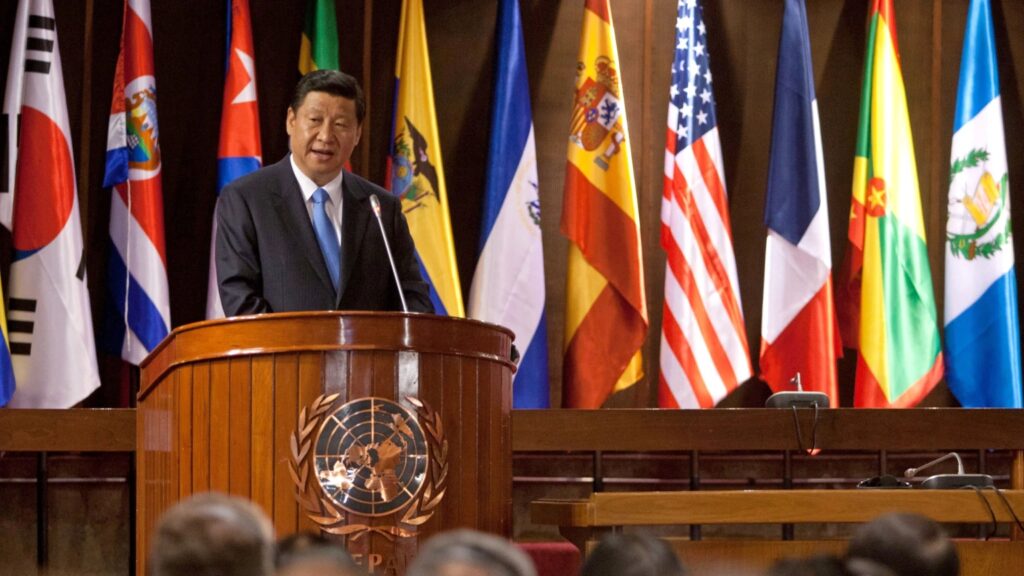
Heightened tensions between the U.S. and China have many observers likening their strategic competition to a geopolitical struggle reminiscent of the Cold War. While the focus of that competition is in Asia, it extends to all the world’s regions, particularly where China has made inroads into what were historically regarded as U.S. spheres of influence, like Latin America.
In recent years, Beijing has established a strong foothold in the region, causing anxiety in Washington about China’s desire to blunt U.S. influence there. These fears have intensified amid the recent resurgence of left-wing and nationalist governments, particularly in South America. China’s demand for Latin American commodities and the region’s demand for Chinese consumer goods are the pillars of this relationship, which is reinforced by shared distrust of the U.S. and a mutual interest in rewriting the rules of the international system. But although Beijing has made considerable gains in the region at Washington’s expense, claims about China’s influence there might be overstated.
Over the past two decades, China has cemented its status as the largest trading partner for the region’s heavyweights like Brazil, Chile and Argentina. In addition, trade between China and Latin America reached an all-time high of $450 billion in 2021, making it the region’s second-largest trading partner, behind the U.S., and South America’s top trading partner.
